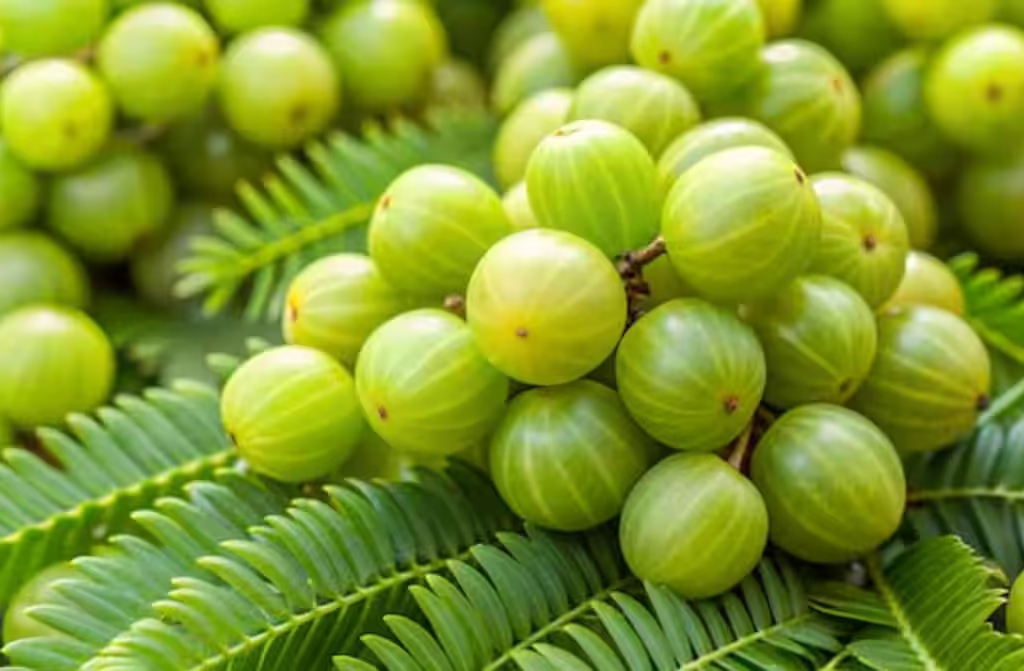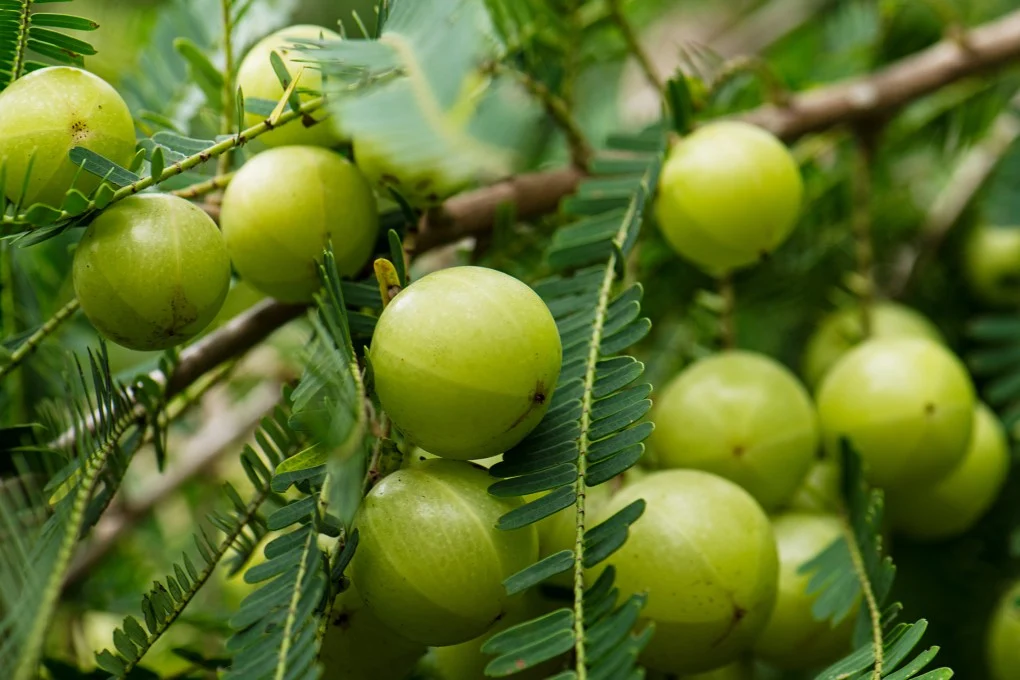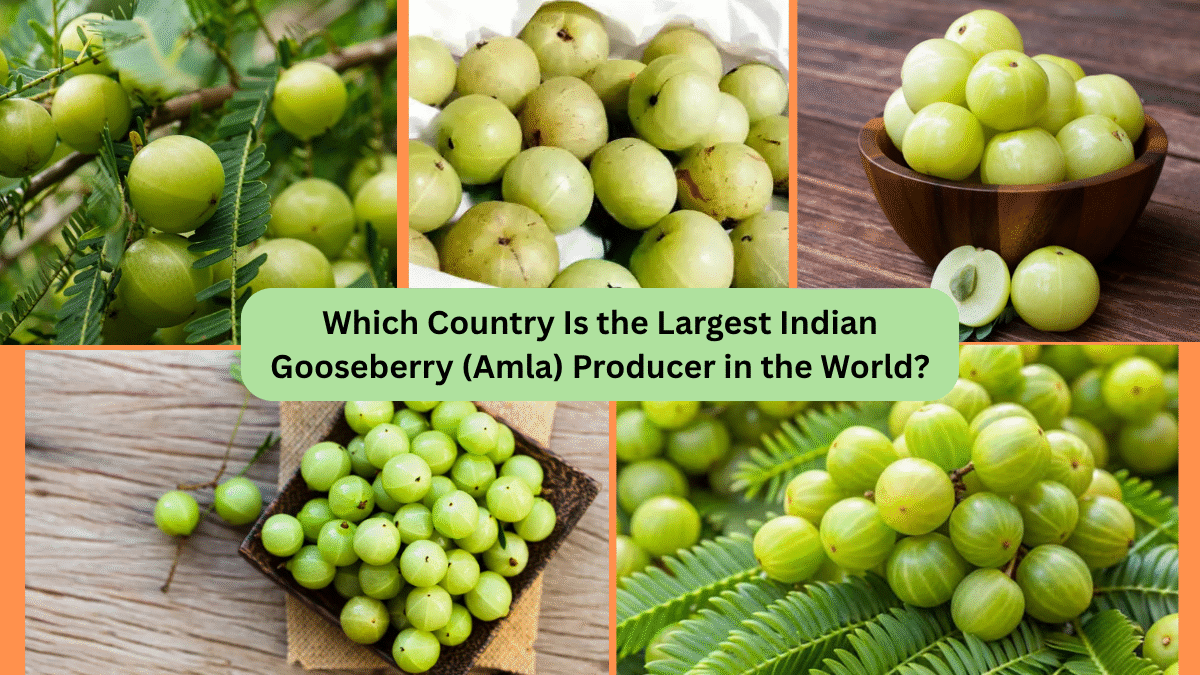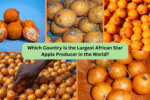Among the fruits with deep cultural and medicinal roots in South Asia, the Indian gooseberry, or amla (Phyllanthus emblica), stands out. Revered in Ayurveda, rich in Vitamin C and antioxidants, and increasingly popular in wellness products—amla’s global reputation is growing. Yet when we ask, “Which country leads in amla production?”—the answer is unequivocally India. Let’s explore why India dominates the amla world, supported by deep tradition, ideal agro-climates, innovative cultivation, and booming economic and health sectors.
What Is Amla?

Amla, small and greenish-yellow, is tart, tangy, and fibrous when eaten raw—yet its health benefits are legendary:
- Packed with Vitamin C, more than oranges en.wikipedia.org+4reddit.com+4reddit.com+4.
- Rich in antioxidants, tannins, and polyphenols .
- Long used in Ayurvedic remedies for digestion, immunity, skin, hair nourishment, and anti-inflammatory care researchgate.net+1reddit.com+1.
India: The Amla Powerhouse
India is by far the world’s largest producer of amla, accounting for the overwhelming majority of global output.
Scale & Statistics
- Cultivated over ~95,000–100,000 ha with ~1.09 million metric tonnes production in 2021–22 reddit.com+15abcfruits.com+15amrafarms.com+15.
- Top producing states: Madhya Pradesh (~33%), Uttar Pradesh (~33%), Tamil Nadu (14%), Gujarat (5%), followed by Chhattisgarh, Assam, Haryana, Bihar, Rajasthan, Maharashtra .
- Major pockets in Odisha, Jharkhand and pockets in Himachal, Punjab, Haryana .
Global Comparison
- India dominates global production—well over 90% of global supply.
- Other growers (Indonesia, Philippines, Thailand) contribute marginally compared to India freshplaza.com+5researchgate.net+5reddit.com+5.
Why India Leads in Amla Cultivation

1. Native Adaptation & Agro-ecological Fit
Amla thrives naturally across diverse Indian climates—from sub-Himalayan zones to Deccan plateau—tolerating drought, salty soils, and marginal lands reddit.com+3abcfruits.com+3tribuneindia.com+3.
2. Deep Cultural & Ayurvedic Roots
Amla’s importance in Ayurveda, religious rituals, and cuisine has spurned long-standing cultivation practices and widespread acceptance .
3. Robust Varietal Diversity
India breeds numerous high-yielding cultivars like Chakaiya, Francis, Banarasi, Narendra Aonla series (NA‑6, NA‑7, NA‑10), optimized for size, taste, pulp content, and disease resistance abcfruits.com+1newsclick.in+1.
4. Government and Research Support
Programs by the National Horticulture Board and universities provide cultivar development, apiculture support, and farmer training.
5. Value Addition & Diversification
Millions of tamariki are turned into pulp, powder, oil, murabbas, jams, supplements, hair and skin products, giving rise to a large functional foods and nutraceuticals industry researchgate.net+2abcfruits.com+2agriexchange.apeda.gov.in+2.
Cultivation Cycle & Harvest Season
- Planting time: July–August across India abcfruits.com.
- Harvesting: Begins mid-September through December across different regions abcfruits.com+1apnikheti.com+1.
- Trees start yielding 5–7 years after planting; most productive between 10–15 years, bearing 100–400 fruits annually per tree .
Economic & Social Impact

Farmer Livelihoods
Amla is a high-return-per-hectare crop. E.g. in Chhattisgarh, one hectare cost of ₹15,000 can yield ₹50,000 worth of fruit after 6 years researchgate.net.
Agribusiness Growth
Clustered small-town agro-processors not only process fresh fruit but also produce powders, oils, juices, paste, establishing a robust rural value chain.
Export Potential
India exports amla pulp/puree to the U.S., Europe, Japan, Middle East, Malaysia, and Bangladesh—meeting increasing demand for natural supplements abcfruits.com.
Culinary & Health Applications
Beyond raw consumption, amla is used in:
- Herbal tonics: Chyawanprash, amla sherbet
- Cosmetics: Amla oil shampoos, conditioners, skin serums
- Food products: Candies, murabbas, pickles, jams, powders, chutneys
- Medicinal formulations: For anemia, diabetes, digestive/bowel disorders, respiratory wellness en.wikipedia.org+1amrafarms.com+1newsclick.in.
Challenges Facing the Amla Sector

- Farmer economics: Disadvantaged by volatile prices and limited processing infrastructure, e.g. in Pratapgarh-UP, where acreage fell by ~50% .
- Post-harvest losses: Fresh fruit requires better cold storage.
- Research gaps: Need continued effort to develop more resilient, high-yielding, less-seed cultivars.
- Market standardization: Uniform grading and pricing mechanisms required for scalability .
The Road Ahead
- Breeding for seedless or fewer-seeded varieties to boost consumer adoption.
- Organic amla cultivation for premium health markets.
- Enhanced processing facilities to improve shelf-life and export quality.
- Farmer co-ops and digital platforms to streamline market access and price stabilization.
- Global positioning as a superfood in supplement, wellness and nutraceutical sectors.
Final Thoughts

So, which country is the largest producer of Indian gooseberry (amla)? The answer is clear: India—with ~1.1 million tonnes annually across ~100,000 hectares, driven by centuries-old cultivation, a surge in health-driven demand, and increasing value-chain development.
As global wellness trends continue to emphasize ancient, functional, and vitamin-rich foods, India’s leadership in amla positions it well for significant domestic uplift and export growth in the coming years.





Leave A Comment